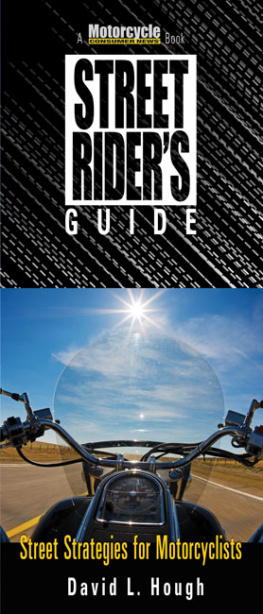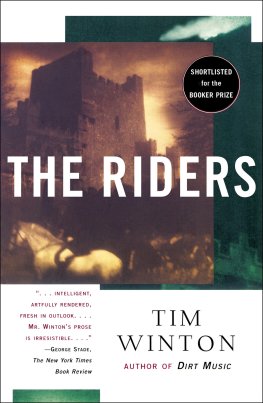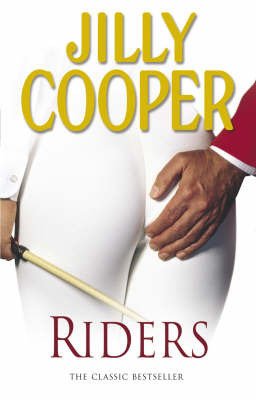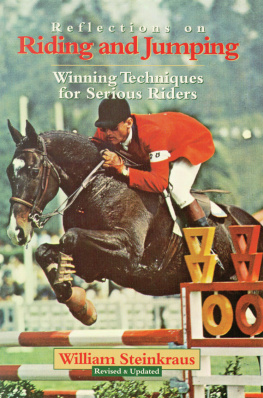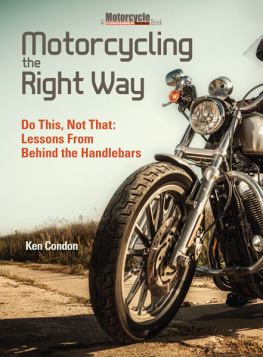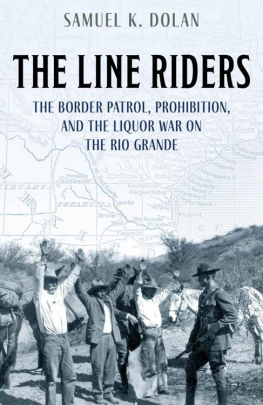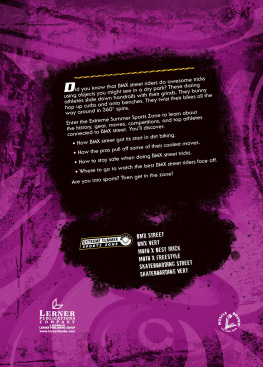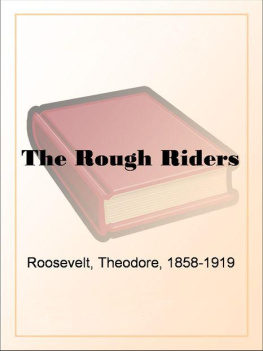Foreword
Riding a motorcycle skillfully has been compared with the difficulty of piloting a helicopter; there are so many unique controls to master. For instance, braking typically requires the rider to use both a hand lever and a foot pedal, rather than simply stepping on a brake pedal as in a car. And to make matters more complicated, a motorcycle, with its relatively tiny tire contact patches, can transfer so much weight forward under hard braking that properly balancing the applied front and rear brake pressures can be very difficult under the best of circumstances, and can test the skills of the most experienced riders on slippery surfaces. Oh, and rolling on throttle and squeezing the front brake will often need to be combined smoothly when downshifting, another trick of manual dexterity and careful judgment to master.
The same goes for acceleration. As the average motorcycle has the power-to-weight ratio of a race car, but without the traction of four wide wheels, its also easy to overpower the rear wheel, causing a variety of unplanned events. With a manual clutch, taking off from a stop demands a balance of engine power and clutch slip to master smoothly. Additionally, starting off from a hill will require balancing the bike at a standstill with one foot while simultaneously engaging the rear brakeagain a unique combination of skillsand both are a big part of why manual transmissions have nearly disappeared from automobiles.
With all that, the most difficult part of motorcycling to master is steering, or rather countersteering, the uniquely counterintuitive method by which a motorcycle is most efficiently directed through corners. The number of riders that never properly master this technique is probably very large, although it has never been measured to my knowledge. But the failure to negotiate a corner is given as the cause for a high percentage of motorcycle crashes.
Given this level of difficulty, those who do master these control skills to the degree that they can all be done in combination without conscious effort will often find motorcycling the most satisfying experience of their lives. Some even feel it has a mystical or spiritual aspect, as it seems to magically integrate the body and mind into a state of flowing movement.
However, even at this level of mastery, a rider is not yet safe on the road. Even proper riding gear is no insurance against injury in a collision between a motorcyclist and heavy steel vehicles or hard stationary objects. Sharing the road with cars and trucks, a motorcycle is fragile and hard to see, even when drivers are not distracted or otherwise impaired. And conspicuity, the art of making oneself highly visible to other road users, is not enough, either.
The final key to safety is an encyclopedic knowledge of potential road hazards and a full-time situational awareness of how common traffic situations can harbor hidden traps for a motorcyclist. This is the gift that David Houghs latest book is meant to deliverbrief insights into the most common safety hazards and how to avoid them, bite-sized and easy to digest.
As the Editor-in-Chief of Motorcycle Consumer News for almost 15 years, Americas only 100% subscriber-supported, advertising-free, nationwide monthly motorcycle magazine, the opportunity to communicate with so many committed enthusiasts has been my greatest enjoyment. And when Id get a letter that shared how one of Davids Proficient Motorcycling or Street Strategies columns had literally saved a readers life that day, nothing could be more gratifying.
Take these stories to heart and re-read them occasionally. Keep them fresh, in the forefront of your riding decisions, and while you may never be inspired to write a note of thanks for their lessons, I cant imagine that you wont be a better, safer rider for having read this book.
Cheers,
Dave Searle,
Editor-in-Chief, Motorcycle Consumer News
Bumper Bikes
Getting rear-ended can ruin your day.
Traffic has been heavy today on the freeway, and youre glad to finally be on a surface street headed for home, alongside your riding buddy. Youre overheated, fatigued, and frustrated at traffic, and youre looking forward to a hot bath and a cold beer.
Youd prefer to have more space ahead and behind, but other drivers seem to want to tailgate. And, if you drop back far enough for comfort, someone swerves over in front of you. So, you just do the best you can and hope no one does anything stupid. You do cover the brake lever, move over toward the left side of the lane, and make sure you squeeze hard enough to activate your brake light. You realize youre not going to get home on time, and you steal a glance at the clock to see how late youre going to be.
When you look up again, you see the brake lights of the car ahead. You quickly squeeze on the front brake to bring the bike to a stop. But the driver behind you doesnt seem to comprehend whats happening and slams into the back of your buddys bike, pushing it ahead into the stopped car. Neither of you are injured, but now youll have to stick around to deal with the accident and maybe help transport the damaged bike.
Even if youre almost home, dont let your guard down. Moving over to the left side of the lane was smart and covering the brake lever was good, but squandering attention on your late arrival distracted you from the situation. In heavy traffic, you must look several vehicles ahead to monitor traffic and brake early when you know youre going to have to stop, to better warn the driver behind you.
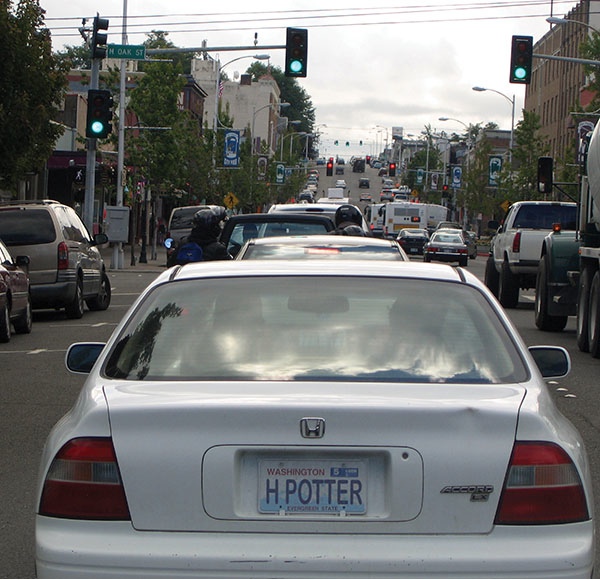
Camber Clashes
Off-camber left-handers require special attention.
Youve finally found the time to ride some of those twisty roads youve only read about. The road called the Dragon through Deals Gap in North Carolina has been high on your list, and finally you get the chance to ride it. Youre enjoying the twists and turns, but youre constantly amazed at how quickly the pavement changes direction and shape. You have to work hard just keeping the bike within your lane. Its a fun ride, and you gradually increase your pace as you gain confidence.
Just when you thought you had the Dragon tamed, you carve into a left-hander and run out of leanover clearance. Your sidestand slides along in a trail of sparks, levering the bike up until the rear tire loses traction. The rear end slides out, and the bike drops into a muddy ditch. Youre not seriously injured, thanks to armor in your riding gear. But there is much broken plastic that will need serious repairs before you can continue the trip.
Almost all twisty roads have one or more dangerous corners. If youre not intimately familiar with a road, its best to ride very conservatively and follow smart cornering lines. Be aware that left-handers are often more dangerous than right-handers, due to the camber of the pavement.
Entering this corner, you should have observed the right edge of the pavement disappearing; a strong clue it slants off steeply toward the ditch. You should have immediately braked to reduce speed and lean angle, and shifted your weight to the left. Your cornering lines have a direct bearing on whether you crash or continue. Entering this left-hander more from the right would have pointed the bike toward the level pavement near the center of the road.
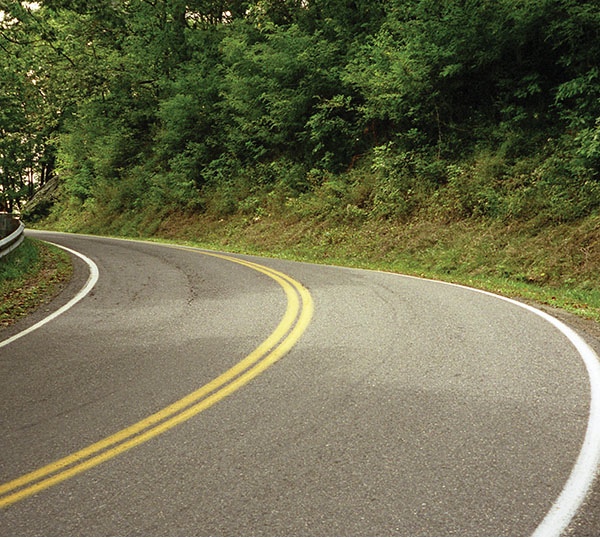
Countersteering
Steering the handlebars makes it lean.
You just got into motorcycling a couple of months ago. Now that you have a motorcycle license, youre eager to get out and ride, although its still pretty scary. Sometimes the bike seems to have a mind of its own.
Next page
